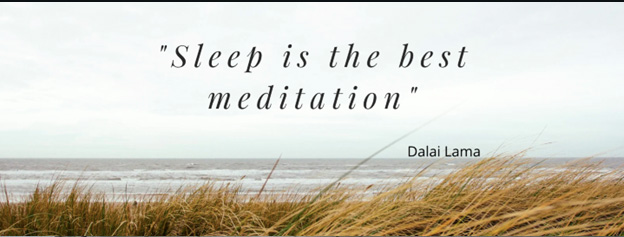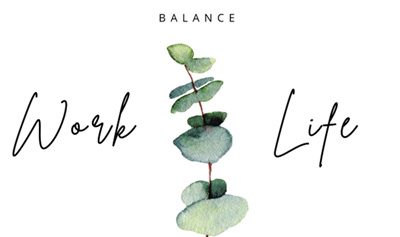Mastering the Art of Taking a Nap!
Have you ever felt that absurd tiredness, where your eyes start to close around 2:30 in the afternoon (or maybe at 4:00 PM if you’re in Mexico)?

Do you feel exhausted and stressed because you have a lot of work to do? After lunch, it’s natural to feel this way, especially if we eat few vegetables and a lot of carbohydrates. The scenario is disastrous! But there are other solutions besides what I’m going to talk about today.
Even when we have eaten balanced meals, after lunch, our concentration and cognitive ability decrease, and we feel tired. This is the perfect time to talk about the power of napping!
A nap is a powerful mechanism not only to rest and activate our full potential in the afternoon but also to improve our sleep habits for the night. Many people prefer not to nap because they feel it makes them slower or lethargic for the afternoon hours. Therefore, here are some recommendations to master the art of taking a restorative nap that boosts your performance in the afternoon.
First and foremost is balanced nutrition. If your midday meal is loaded with refined carbohydrates, no matter how many naps you take, your blood sugar levels will plummet about an hour and a half later, bringing about health problems. Additionally, it can trigger anxiety to eat more carbohydrates and extreme fatigue with almost no chance of full attention and concentration. The recommendation is to include many vegetables (50% of your plate), good protein (be careful! Red meats can induce more lethargy because they require more energy for digestion), and a combination of good fats and perhaps some starchy vegetables or grains (baked potatoes or a little brown rice).
Secondly, timing is key! A nap longer than 20 minutes can make you feel even more lethargic and tired because it can lead to sleep inertia, waking us up from a deep sleep cycle. In fact, experts say that longer naps may be related to a higher risk of cardiovascular problems or a decline in cognitive ability. The ideal is to take advantage of that moment of relaxation and enter a light sleep phase where brain activity decreases without reaching the deep sleep cycle. That’s when we maximize the restorative power of a nap. Therefore, the recommendation is to set an alarm for 15 or 20 minutes at most. Also, the ideal time of day for a nap is between 1 PM and 3 PM. A nap after 4 PM interferes with your internal clock (circadian rhythms) and can affect the most important sleep of all, which is the restorative sleep at night.
Thirdly, the conditions, the ideal setting. Room temperature is important; it is suggested to maintain a room temperature of 20 to 22 degrees Celsius. Additionally, a noise-free and completely dark space is preferred. But if it’s impossible to have these conditions at home or at work, my recommendation is to go with the flow. If there is noise, don’t fight it! Focus on the noise of the car or the neighbor’s hammering. When we surrender to the noises without thinking that they won’t let us sleep, we eventually fall asleep. And even if we don’t, at least our minds focused on something simple, taking a break from work problems, and when you return to your tasks, your brain will be clear and ready to go.
Carving out time in your schedule for a nap can be a game-changer, improving many aspects of your life, from productivity to creativity (which is crucial for our performance), and enhancing your circadian rhythms for better sleep habits and better health!
Companies like Google have implemented spaces and furniture ideal for these moments. But not only that, some companies have transformed their organizational culture into one focused on well-being, creating time slots in their employees’ schedules for napping to become part of the daily routine. These kinds of actions promote well-rested employees with greater cognitive ability for decision-making, making them happier and more grateful. Once again, I emphasize the importance of designing a well-being plan that drives changes in the company culture so that people’s health doesn’t depend on occasional actions but sustainable guidelines over time.
Sweet dreams!
Blogs
Work-Life Balance vs. Life-Work Balance
Work-Life Balance vs. Life-Work BalanceMuch has been said about work-life balance, and more recently, about life-work integration, seeing how we provide our employees with the tools to take care of their health and well-being.I continue to advocate for what Sir...
Mental Health
Mental HealthHave you ever been in subway stations during rush hours? In any city in the world, it's a literal wrestling struggle to get onto the next train car.Who wins? The physically strongest, perhaps. The most patient ones who wait leaning against the opposite...
Your Health 401(k)
Your Health 401(k)Are you familiar with what 401(k) represents? It is a type of employer-sponsored retirement plan in the United States that allows employees to reserve a portion of their pre-tax wages for retirement.For days now, I've been pondering this concept, but...
Wellbeing Trends for 2024
Wellbeing Trends for 2024November is typically a month when companies plan for the following year, therefore, it's an ideal time to open the conversation about the well-being of individuals within the workplace environment.Four years into the pandemic, there are still...




